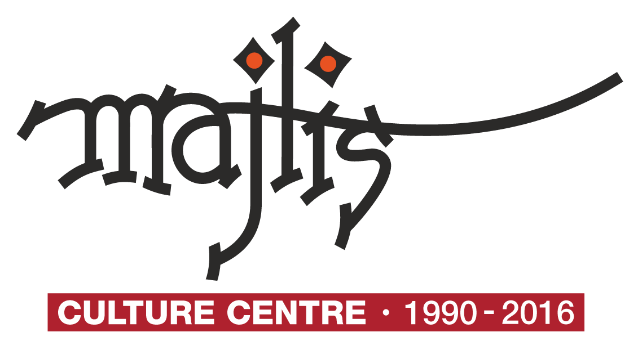Archiving, when imagined as an action to counter hegemonic sources of knowledge production and control of access, is a political intervention as well as an art prospect. Contemporary archive initiatives collaborate with the protagonists and their communities in producing, collating, reading and circulating (or not circulating) the memory material. The everyday material and the lived-in experiences are collated, annotated and rendered as evidences for histories to be speculated. In such practices even the absences, the erased, and that ‘which could have been’ - are attributed certain tactility. And this is where the artists may become collaborators in archiving practices. Such archives are not merely reservoir of resources but a kind of open exercise in materialization of living cultures in order to realise the potential of the past. In such endeavours the transparent yet subjective act of collation, methodology of annotations, as well as debates over appropriation, access and dissemination are as crucial as the archived material itself. Other than collecting and preserving material Majlis archives aimed to push the boundaries of evidentiality and memory practices.
Majlis Culture Centre initiated various archiving projects under the umbrella called Godaam. They were related to our myriad relationships and collaborations with peoples from different strata. Upon the dissolution of the centre in 2016 the collected material had been donated and stored in other such institutions and facilities.
